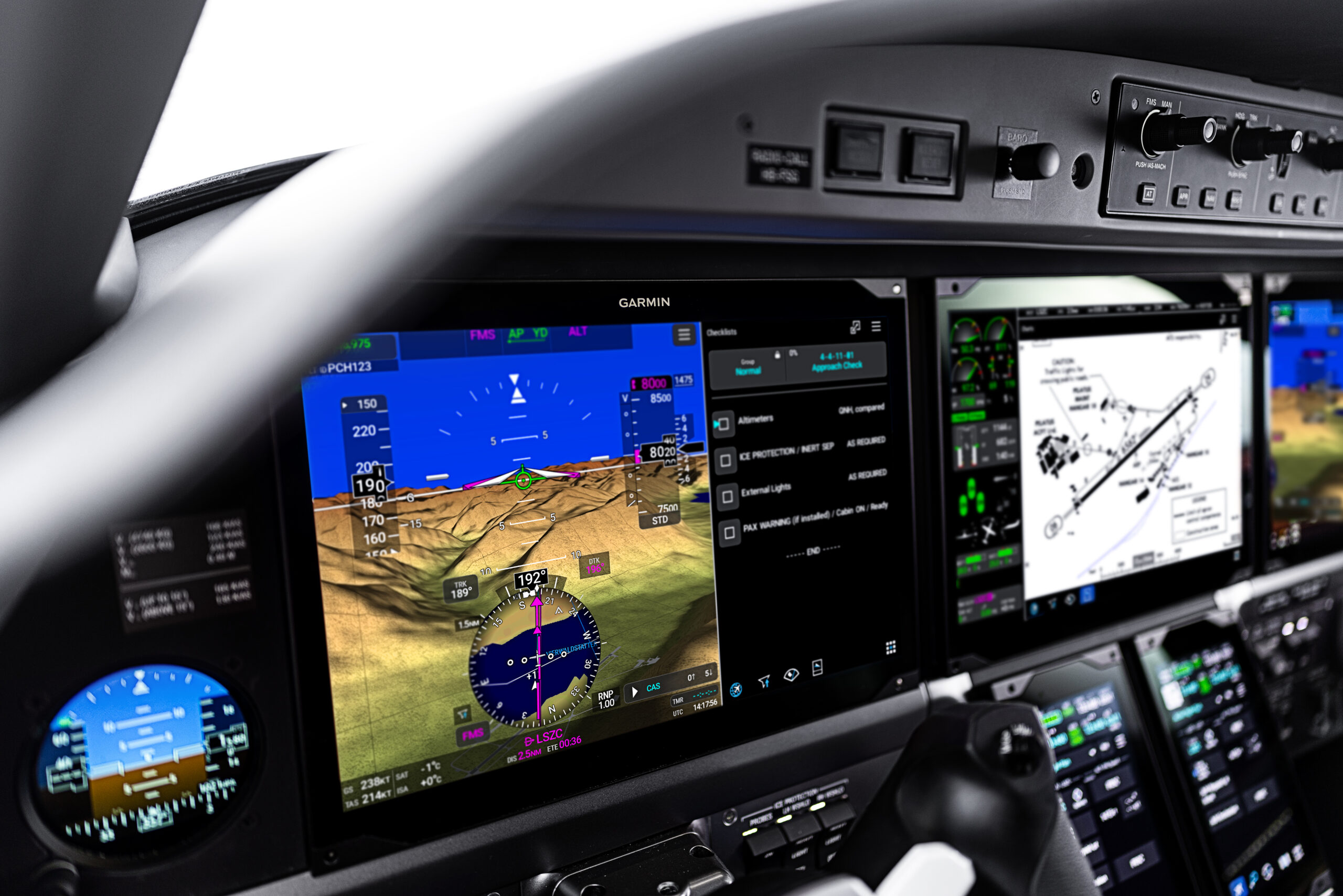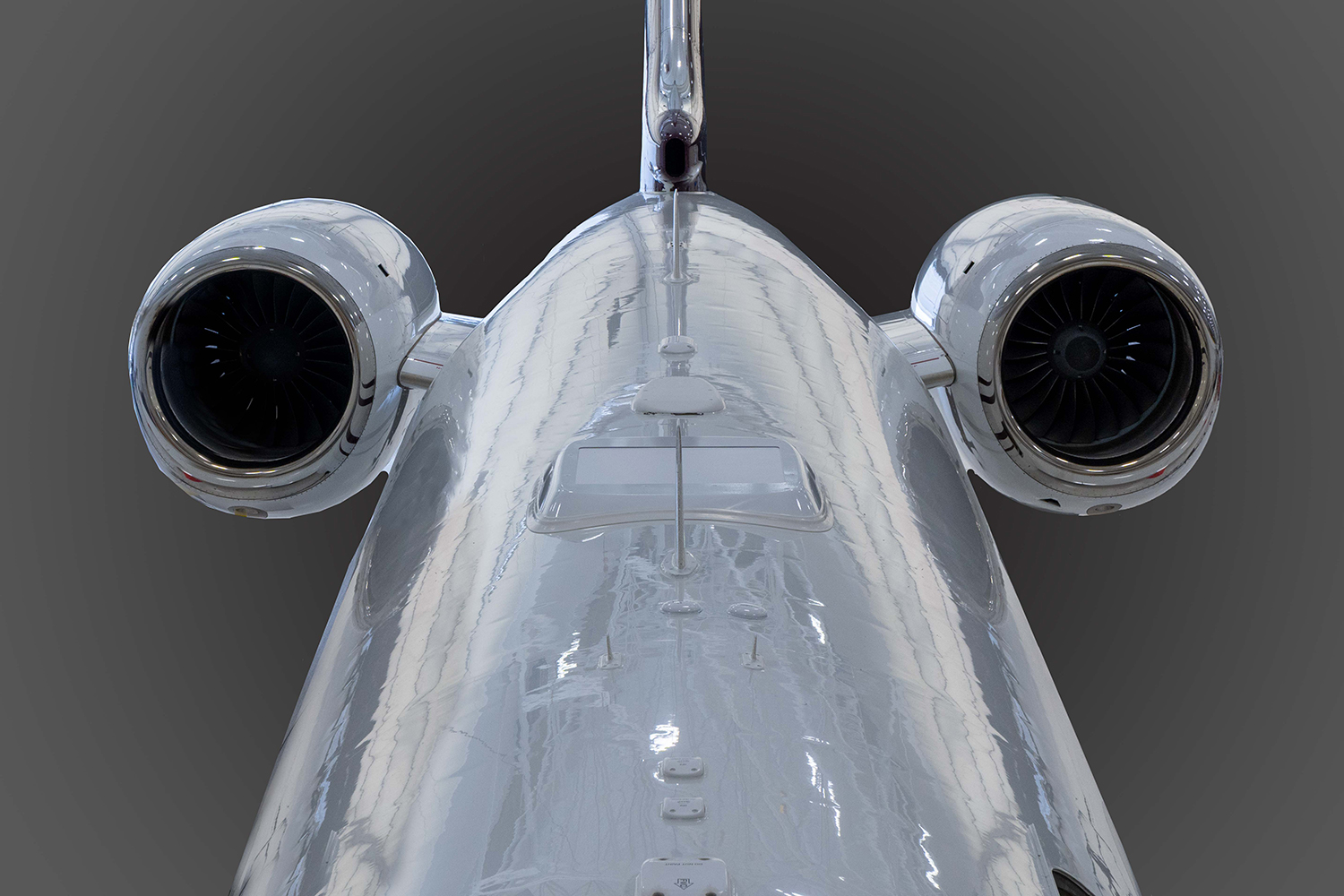Connectivity: No one wants to leave home without it.

“Access to reliable internet on business aircraft is no longer considered a luxury; it is an expected feature that passengers rely on to maximize their productivity.” NBAA Connectivity Report
With the ongoing boon of business aircraft travel, I’d say 70-percent of the calls I get each day are from operators either wanting to add high-speed connectivity to their aircraft, or are looking to upgrade the system’s performance they already have.
While those two needs seem to be different, their solutions are very similar. No matter your goal, when it comes to ensuring that your connectivity solution meets your needs, the first step is clearly defining exactly what you want that connection to do for you.
You see, unlike your office, home, or mobile service, not all airborne “connectivity” is created equal. The fact is, there can be a huge performance gap between the different types of connections and service providers.
I’ve seen it too many times: The agony of a business jet owner (or worse yet, the DOM), who spent A LOT OF MONEY for cabin connectivity that doesn’t meet the boss’s expectations. To make matters worse once the system is installed it usually can’t be upgraded without spending more time and money if it can be modified at all. These are very involved expensive, and time-consuming installations. Plus, the monthly access fees can make your head swim. $25,000 a month or more for satellite connectivity is not unusual. And you thought your cell phone bill was high.
Don’t get all starry-eyed over satellite.
People often mistake the term ‘satellite connectivity’, resulting in the aircraft delivering the same online experience at 40,000 feet as you enjoy on the ground. It won’t. Even a SATCOM system costing hundreds of thousands of dollars can’t do that. Yes, they can come close – under the most ideal conditions – but, the typical connection speeds are not there yet.
That’s why a satisfactory connectivity experience begins with defining what your ideal “experience” is. Ask yourself these questions:
• Do you ever travel internationally? And what parts of the world do you frequent?
• How many passengers and crew require connectivity at any given time?
• Can you install a large satellite antenna on your aircraft?
• What kind of data are your passengers needing?
(Sending texts or reading email is vastly different than wanting streaming video in the cabin). Well, you get the idea.
The answer to each of these questions will help determine not only which connectivity solution is right for you, but more importantly, show you which ones to say away from.
Fact is, you may not need satellite at all. It’s possible that an air-to-ground solution would be the best for your particular situation. But then again, you might need both. Both, you ask? Yes, I have many customers who split their time flying domestically and internationally, so they have both systems installed. Even though the satellite system works domestically and internationally, they are expensive to operate, so some operators have both systems. There’s a solution to fit any requirement.
But we’re getting a bit ahead of ourselves here. We’ve barely touched on the pluses and minuses of either satellite or air-to-ground. Next month, I’ll get into more details on satellite systems, with air-to-ground following the month after.
But, since time waits for no man, woman, nor blog, if you can’t wait until then to get your airborne connectivity questions answered, please give me a call. My team and I are here to make sure your cabin gets connected the right way.



